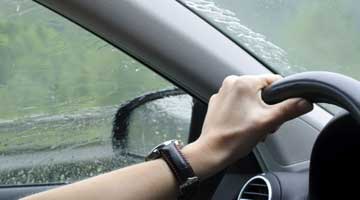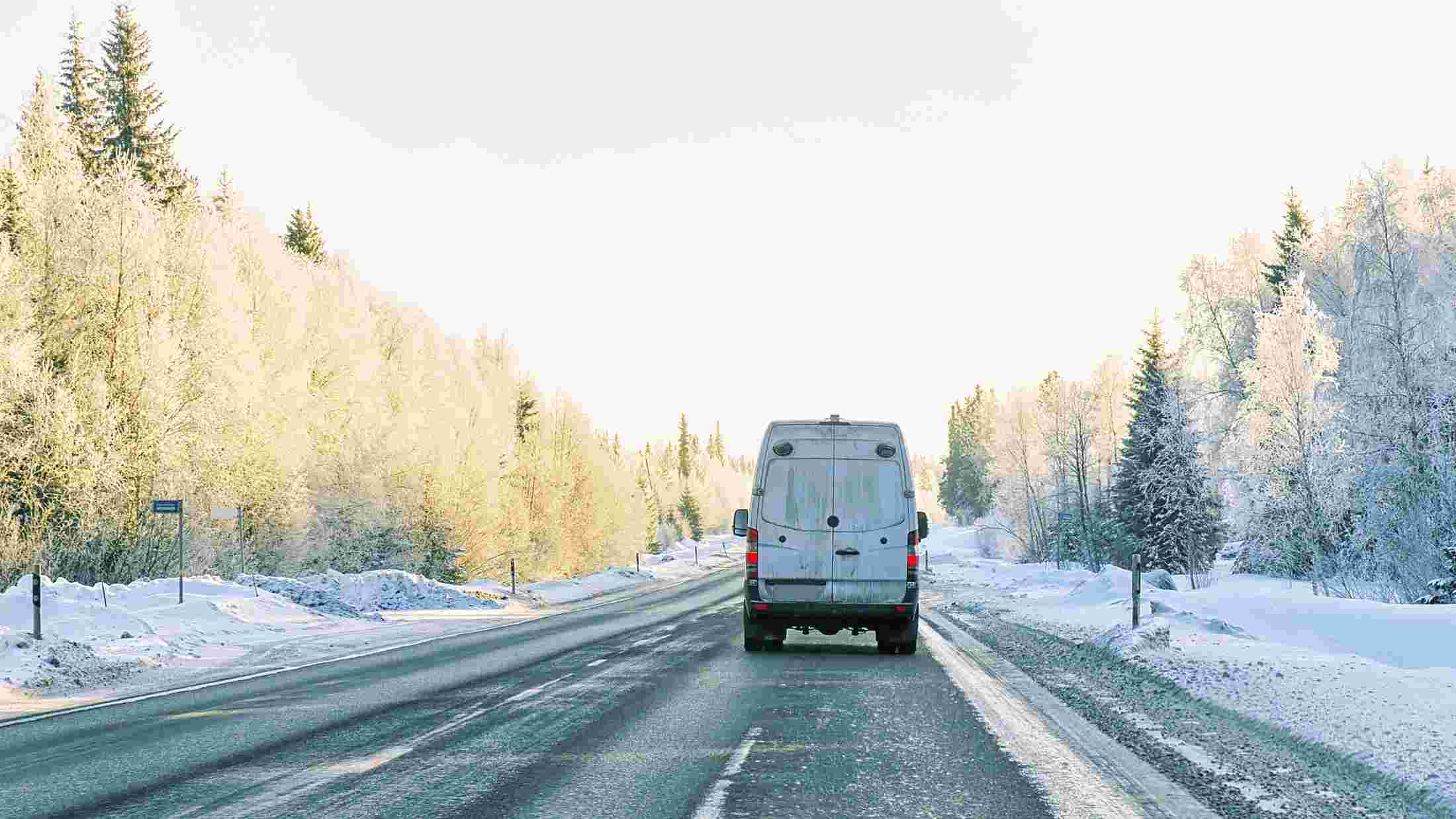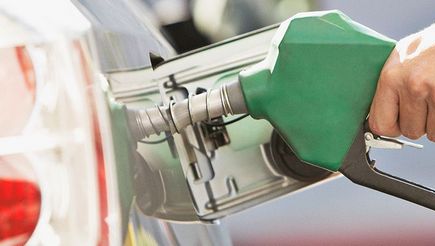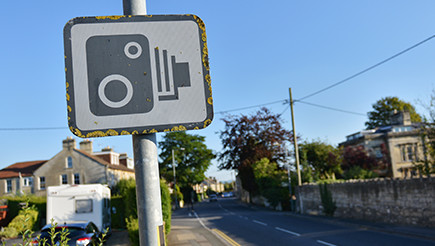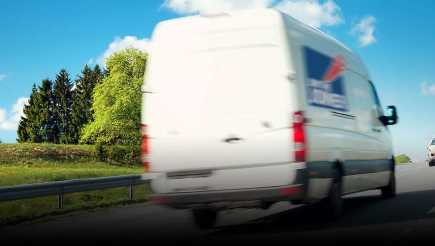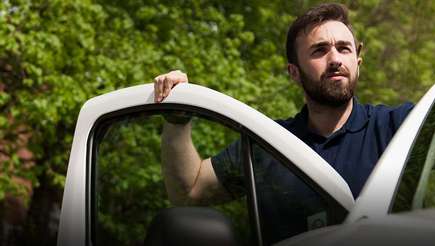The Climate Change Act of 2008 set the UK’s targets to reduce greenhouse gas emissions, committing to an 80% reduction by 2050.
Everyone has a part to play in this, and those of us who drive for work can really make a difference. By being conscious of your own vans’ emissions, your can help to meet those targets, while keeping your business on the road.
The European Union’s emission standards
In 1992, the European Commission introduced emissions ratings. Since 1996, all new vehicles have had emissions testing on a “rolling road” and been given a rating. Each vehicle is put through exactly the same test to make sure the results are consistent, and manufacturers are obliged to publish the CO2 emissions results.
All vehicles have a Euro rating, from Euro-1 to Euro-6, Euro-6 being the latest update to the system and highest standard possible. Euro-1 was introduced in 1992, when catalytic converters and unleaded petrol for new cars became mandatory. Higher EU emissions standards have been introduced at intervals since then. Brexit is unlikely to affect how we apply emissions standards in the UK.
Finding out your vehicle's emissions
It’s not always easy to know if you’re meeting the standards. If your van is reasonably new, its EU rating will be on your vehicle registration certificate (the V5C) in section D.2. If it’s an older vehicle or the V5C is missing, search for your model on the Vehicle Certification Agency’s website. Your van has its emissions tested annually during its MOT, and not meeting the required standards is an automatic fail.
Not meeting standards
If you ever have to undergo a roadside test, failing to meet vehicle emissions standards can result in a prohibition notice. If the van is seriously below the standards required, it can be taken off the road immediately and the owner prosecuted.
Less dramatically but still with a financial impact, over 200 cities in Europe operate “low emissions zones”. High emissions vans or lorries are charged an access fee or possibly even banned from entering, something to be aware of if you work abroad or in Greater London. To drive in Paris, your vehicle will need a “clean air” sticker.
The new "real driving emissions" testing process
Emissions testing is about to change. In response to the recent problems with diesel vehicle emissions tests, the “real driving emissions” (RDE) test is being brought in over the next three years, and will include a “real life” element. Vehicles will be tested on the road as well as in the lab, giving a more realistic assessment of emissions performance. It’s harder to get a like-for-like comparison this way (driving style, road surface, traffic and weather will all influence the results) so there’ll be a lot of statistical number crunching involved to give the rating.
Once you've checked your emissions rating, make sure you have the right business van insurance, and head off on the road with a clear conscience and a super-clean van.

